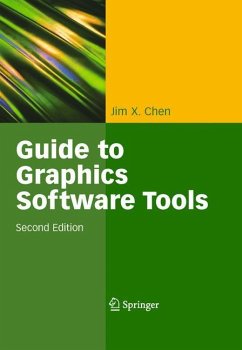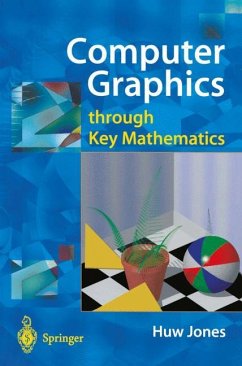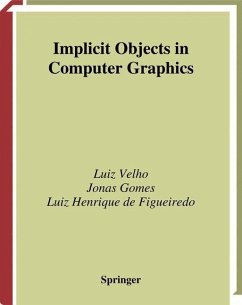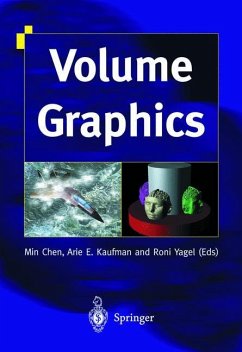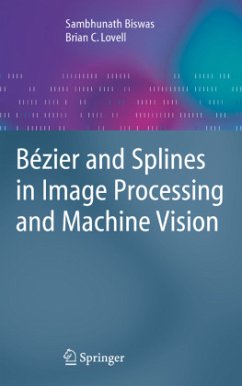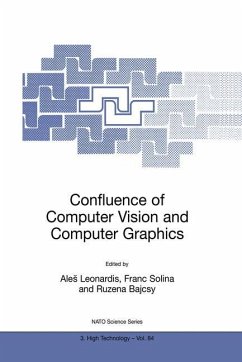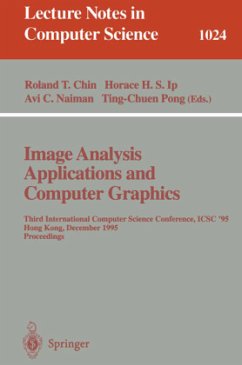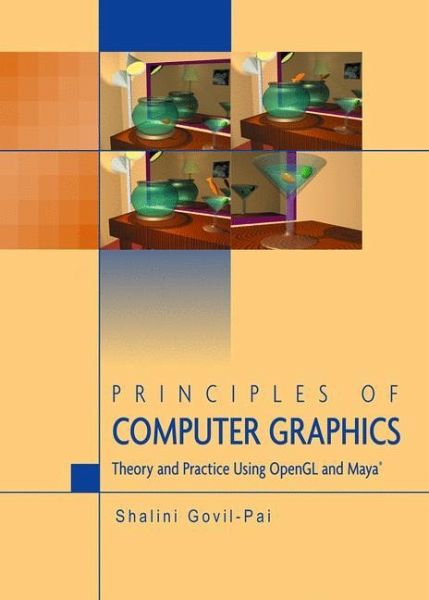
Principles of Computer Graphics
Theory and Practice Using OpenGL and Maya®
Versandkostenfrei!
Versandfertig in 6-10 Tagen
38,99 €
inkl. MwSt.
Weitere Ausgaben:

PAYBACK Punkte
19 °P sammeln!
Computer graphics games and animations have been popular for over a decade, and personal computers have now evolved to support real-time, realistic-looking interactive games. OpenGL, a technology standard to develop CG applications, has had incredible momentum in both the professional and consumer markets. Once the domain of production houses, OpenGL has grown to be the standard for graphics programming on all platforms, personal computers, and workstations. Now more than ever, people are eager to learn about what it takes to make such productions, and how they can be a part of them.Current li...
Computer graphics games and animations have been popular for over a decade, and personal computers have now evolved to support real-time, realistic-looking interactive games. OpenGL, a technology standard to develop CG applications, has had incredible momentum in both the professional and consumer markets. Once the domain of production houses, OpenGL has grown to be the standard for graphics programming on all platforms, personal computers, and workstations. Now more than ever, people are eager to learn about what it takes to make such productions, and how they can be a part of them.
Current literature focuses more on the technology (OpenGL, DirectX, etc.) and their application programming interfaces (APIs) rather than on the principles of computer graphics. The aim of Principles of Computer Graphics: Theory and Practice Using OpenGL and Maya® is to give readers an understanding of the principles of computer graphics, which is key to dealing with any technology API. Hands-on examples developed in OpenGL illustrate the key concepts, and by the end of the book, readers will be able to develop their own professional quality games through the same approach used in production houses.
Current literature focuses more on the technology (OpenGL, DirectX, etc.) and their application programming interfaces (APIs) rather than on the principles of computer graphics. The aim of Principles of Computer Graphics: Theory and Practice Using OpenGL and Maya® is to give readers an understanding of the principles of computer graphics, which is key to dealing with any technology API. Hands-on examples developed in OpenGL illustrate the key concepts, and by the end of the book, readers will be able to develop their own professional quality games through the same approach used in production houses.




